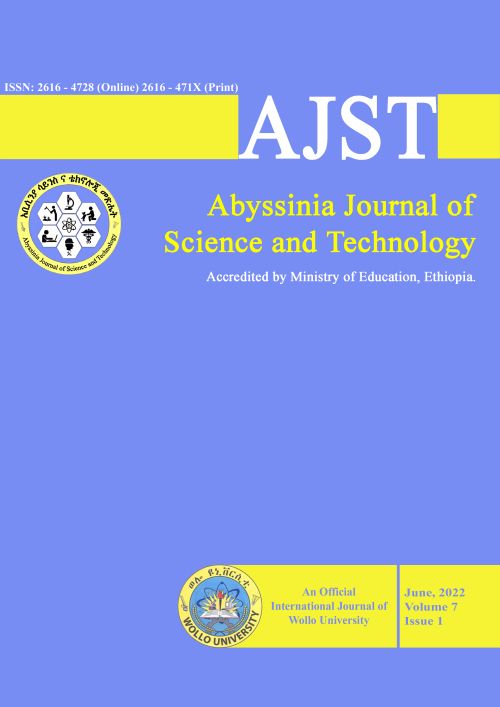Main Article Content
Postpartum anestrous and risk factors in crossbreed dairy cows in Northern Central Highland of Ethiopia
Abstract
The study was carried out to determine the prevalence and incidence of postpartum anestrous problems and its associated risk factors in crossbred dairy cows in northern central highland of Ethiopia. Retrospective and longitudinal study was used to gather data on the occurrence of postpartum anestrus and the associated risk factors in crossbred cows. The prevalence and incidence of postpartum anestrous were 39.7% and 40.95%, respectively. Risk factors such as age, parity, body condition, milk yield, management condition, herd size, heat detection practices and predisposing reproductive problems had significant influence on the prevalence and incidence of postpartum anestrous in crossbred dairy cows. Postpartum anestrous was significantly aggravated as the age, parity and milk yield of dairy cows increased. The highest occurrences of postpartum anestrous was identified in crossbred dairy cows with poor body condition score, large herd size, poor management condition, inaccurate heat detection practice and in crossbred dairy cows that had a history of reproductive problems during the previous calving. Maintaining optimal body condition score of cows, farmers’ awareness creation on management condition, i.e., how to improve their farm hygiene, feed and feeding dairy cow, and health care and handling animals during and after parturition would increase the number of cows ready for breeding by 60 days postpartum.







